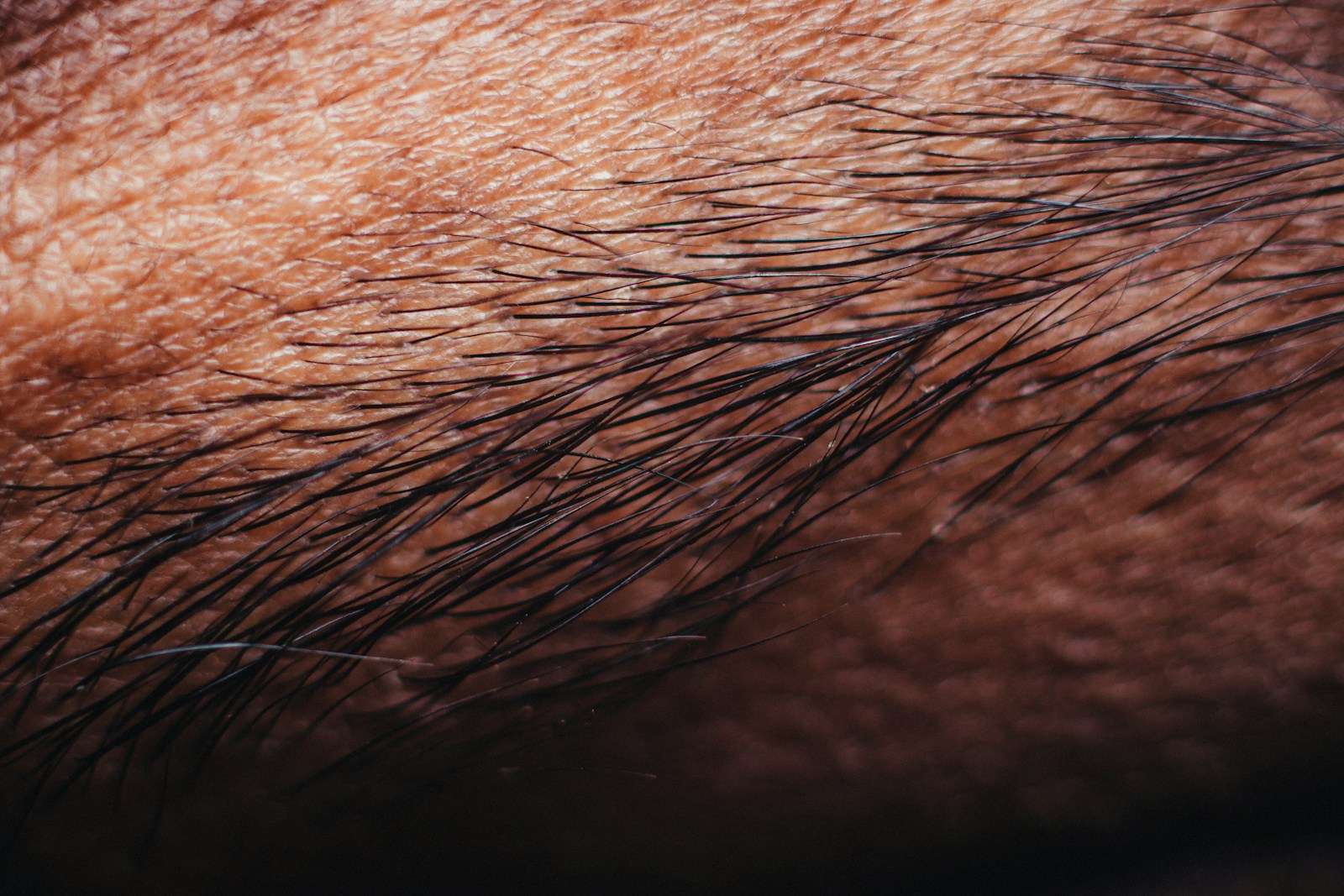Immediate Post-Operative Care
Instructions for the first few hours after surgery, including pain management and wound care
After undergoing earlobe reduction surgery, it is important to follow proper post-operative care instructions to ensure a smooth healing process. Here are some guidelines to follow in the immediate hours after surgery:
İçindekiler
-
Pain Management: You may experience some discomfort or pain after the procedure. Your doctor will prescribe pain medication to help alleviate any discomfort. Take the medication as directed and avoid any activities that may exacerbate the pain.
-
Wound Care: Your surgeon will provide detailed instructions on how to care for your surgical wounds. It is important to keep the area clean and dry to reduce the risk of infection. Follow any dressing changes or wound cleaning routines provided by your surgeon.
-
Elevation: To minimize swelling, it is recommended to keep your head elevated while resting or sleeping. Use additional pillows to prop up your head and promote proper healing.
-
Avoiding Strenuous Activities: For the first few days following surgery, it is crucial to avoid any strenuous activities that may put strain on your earlobes. This includes heavy lifting, vigorous exercise, or any activity that may cause trauma to the surgical site.
By following these immediate post-operative care instructions, you can help ensure a successful recovery from your earlobe reduction surgery. It is important to consult with your surgeon for specific instructions tailored to your individual needs and situation.
Dressing and Bandage Care
Guidelines for changing and caring for the dressings and bandages on the earlobes
After undergoing an earlobe reduction procedure, it is important to properly care for the dressings and bandages to ensure optimal healing and minimize the risk of infection. Here are some guidelines to follow:
-
Keep the dressings and bandages clean and dry: It is crucial to avoid getting them wet to prevent bacteria from entering the wound. If they do get wet, gently pat them dry with a clean towel.
-
Change the dressings regularly: Your surgeon will provide specific instructions on how often to change the dressings. Follow these instructions carefully to promote healing and prevent any complications.
-
Use sterile techniques: When changing the dressings, make sure to wash your hands thoroughly with soap and water or use hand sanitizer. Use sterile gloves if provided by your surgeon.
-
Cleanse the wound: If instructed by your surgeon, gently clean the incision area with a mild antiseptic solution or saline solution. Use a clean cotton swab or gauze pad to apply the solution, being careful not to rub or irritate the wound.
-
Apply fresh dressings: Once the wound is clean and dry, apply fresh dressings as instructed by your surgeon. Make sure they are snug but not too tight, allowing for proper circulation.
Remember to follow all post-operative care instructions provided by your surgeon to ensure a smooth recovery and achieve optimal results. If you have any concerns or questions about dressing and bandage care, don't hesitate to reach out to your healthcare provider for guidance.
Managing Pain and Discomfort
Tips for managing pain and discomfort during the recovery period
After undergoing an earlobe reduction procedure, it's essential to take proper care to ensure a smooth recovery. Here are some tips to manage pain and discomfort during this period:
-
Take prescribed pain medications: Your doctor may prescribe pain medications to alleviate any discomfort. Take them as directed to relieve pain effectively.
-
Apply cold compresses: Applying cold compresses can help reduce swelling and alleviate pain. Use ice packs wrapped in a cloth for 15 minutes at a time.
-
Elevate your head: Sleeping with your head elevated on pillows can help reduce swelling and minimize discomfort.
-
Avoid touching or pulling at the stitches: It's crucial to refrain from touching or pulling at the stitches on your earlobes to prevent complications and promote proper healing.
-
Avoid strenuous activities: During the recovery period, avoid engaging in activities that could strain your earlobes, such as heavy lifting or vigorous exercise.
-
Clean your incisions properly: Follow your surgeon's instructions for cleaning the incision sites to reduce the risk of infection and promote healing.
-
Keep the area dry: It's essential to keep the incision sites dry during the healing process. Avoid getting them wet, especially when showering or bathing.
By following these post-operative care instructions, you can manage pain and discomfort effectively and ensure a successful recovery after earlobe reduction surgery. Remember to consult your surgeon if you have any concerns or questions during the healing process.
Activities and Restrictions
Instructions on what activities to avoid and restrictions to follow during the recovery period
Following an earlobe reduction surgery, it is important to take proper care of your ears to ensure a smooth recovery. Here are some important instructions on activities to avoid and restrictions to follow during the recovery period:
-
Avoid excessive touching or pulling: It is crucial to refrain from touching or pulling on your earlobes during the recovery process. This includes avoiding playing with earrings or other jewelry in the treated area.
-
Avoid strenuous activities: Engaging in strenuous activities such as heavy lifting, vigorous exercise, or contact sports should be avoided for at least a couple of weeks after surgery. These activities can put pressure on the earlobes and hinder the healing process.
-
Avoid sleeping on your side: During the initial stages of recovery, it is recommended to sleep on your back or in an elevated position to avoid putting pressure on the ears while they heal.
-
Keep the incision site clean: Follow any specific cleaning instructions provided by your surgeon to keep the incision site clean and prevent infection.
-
Avoid exposure to water: It is essential to avoid submerging your ears in water, such as swimming or taking baths, until your surgeon gives you the go-ahead. This is to minimize the risk of infection.
-
Wear protective headgear: If you participate in activities that may pose a risk of injury to your ears, like contact sports or certain occupations, consider wearing protective headgear.
By following these instructions and restrictions diligently, you can promote proper healing and achieve the best results from your earlobe reduction surgery. Remember to consult with your surgeon for personalized care instructions tailored to your specific
Follow-Up Care and Healing Process
Information on follow-up appointments and the expected healing process
After undergoing earlobe reduction surgery, it is crucial to follow your doctor's instructions for proper post-operative care. This will help ensure a smooth healing process and optimal results. Here are some essential points to keep in mind:
-
Cleaning: Gently clean the surgical incision site with a mild soap and water daily. Use a cotton swab or pad, avoiding any harsh scrubbing or rubbing.
-
Dressing: Your surgeon may provide you with a dressing to apply to the incision site. Follow their instructions on how to properly change it, ensuring cleanliness and preventing infection.
-
Pain Management: Your doctor may prescribe pain medication to ease any discomfort. Take the medication as directed and avoid any activities that may cause strain or pain in the earlobe area.
-
Activity Restrictions: It is essential to avoid strenuous activities and exercises that may put pressure on the earlobe during the healing process. Your doctor will provide specific guidelines depending on your individual case.
-
Follow-Up Appointments: Attend all scheduled follow-up appointments with your surgeon. These visits are crucial for monitoring your healing progress, removing stitches if necessary, and addressing any concerns or questions you may have.
-
Healing Timeline: The time it takes for your earlobes to heal completely can vary from individual to individual. It is important to be patient and follow your doctor's guidance throughout the healing process.
By following these post-operative care instructions, you can help ensure smooth healing and achieve the desired results from your earlobe reduction surgery. Remember to consult your surgeon for specific advice tailored to your situation.
Long-Term Care and Results
Guidelines for long-term care of the earlobes and expectations for the final results
After undergoing earlobe reduction surgery, it's important to follow proper post-operative care instructions to ensure optimal healing and achieve the desired results. Here are some guidelines to keep in mind:
-
Keep the area clean: Cleanse the surgical site with a mild soap and water daily. Gently pat dry with a clean towel or tissue.
-
Avoid touching or scratching: Do not touch or scratch the area as this can introduce bacteria and delay the healing process.
-
Apply prescribed ointment: Your surgeon may provide you with an ointment to apply to the incision site. Follow their instructions on how often to apply and how much to use.
-
Avoid strenuous activities: Refrain from engaging in activities that can put pressure on your ears, such as heavy lifting or strenuous exercise, for at least two weeks after the procedure.
-
Avoid sleeping on your side: To minimize pressure on the earlobes, it's best to sleep on your back or use a travel pillow to support your head.
-
Keep hair away from the incisions: To prevent any hair products or strands from irritating the incision site, keep your hair pulled back and away from your ears.
-
Attend follow-up appointments: Regularly visit your surgeon for scheduled follow-up appointments to monitor your progress and address any concerns.
Remember that individual healing times may vary, but with proper care and following these guidelines, you can expect to see final results within a few months. If you experience any unusual symptoms or complications during your recovery, contact your surgeon immediately.
By following these post-operative care instructions, you can ensure a smooth healing process and achieve the desired results from your earlobe reduction surgery.




